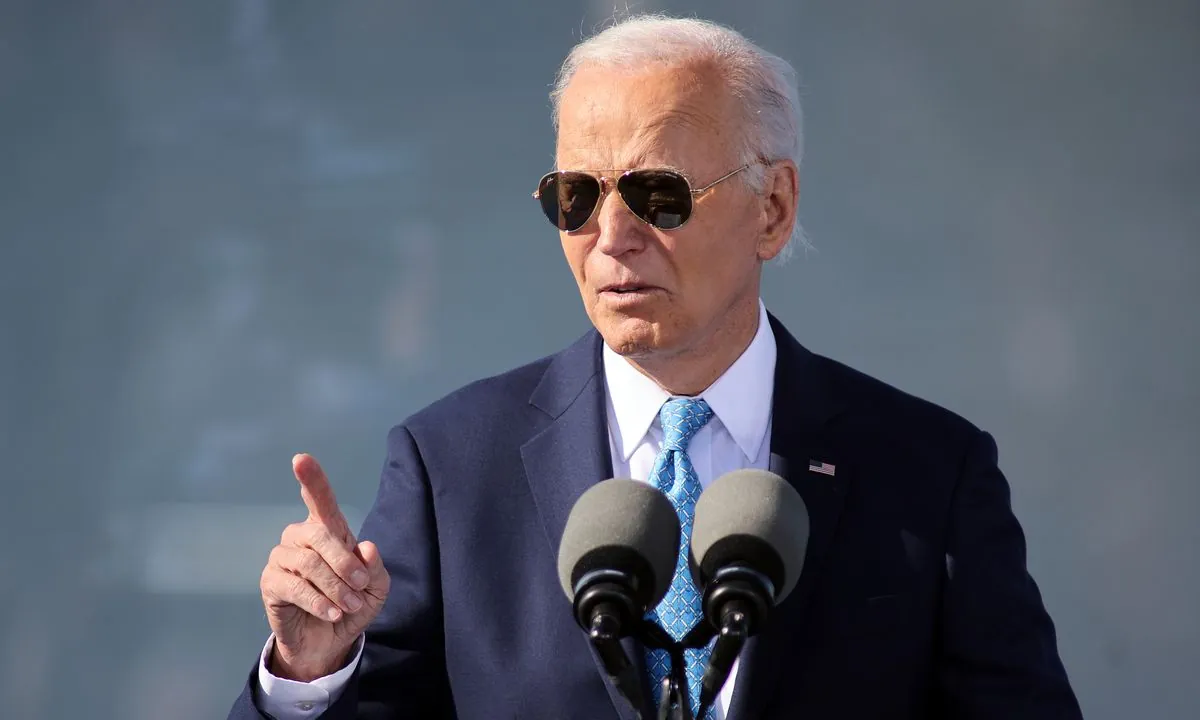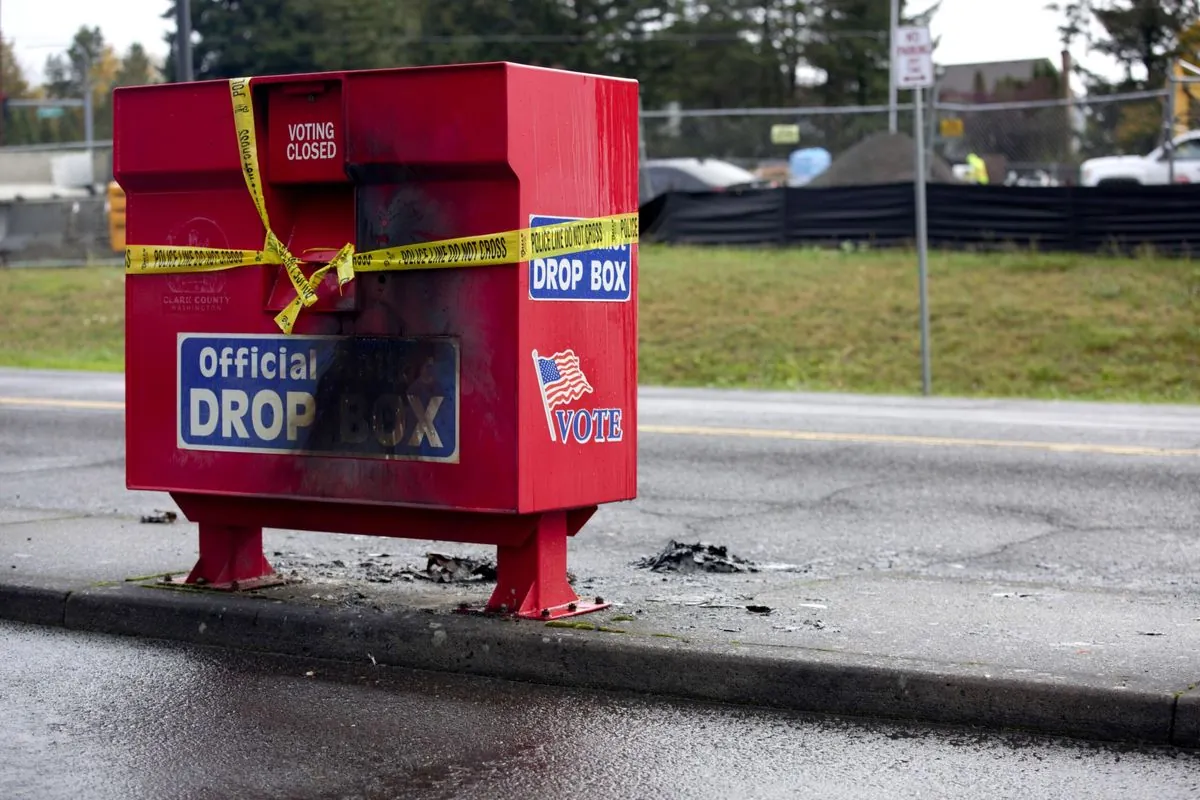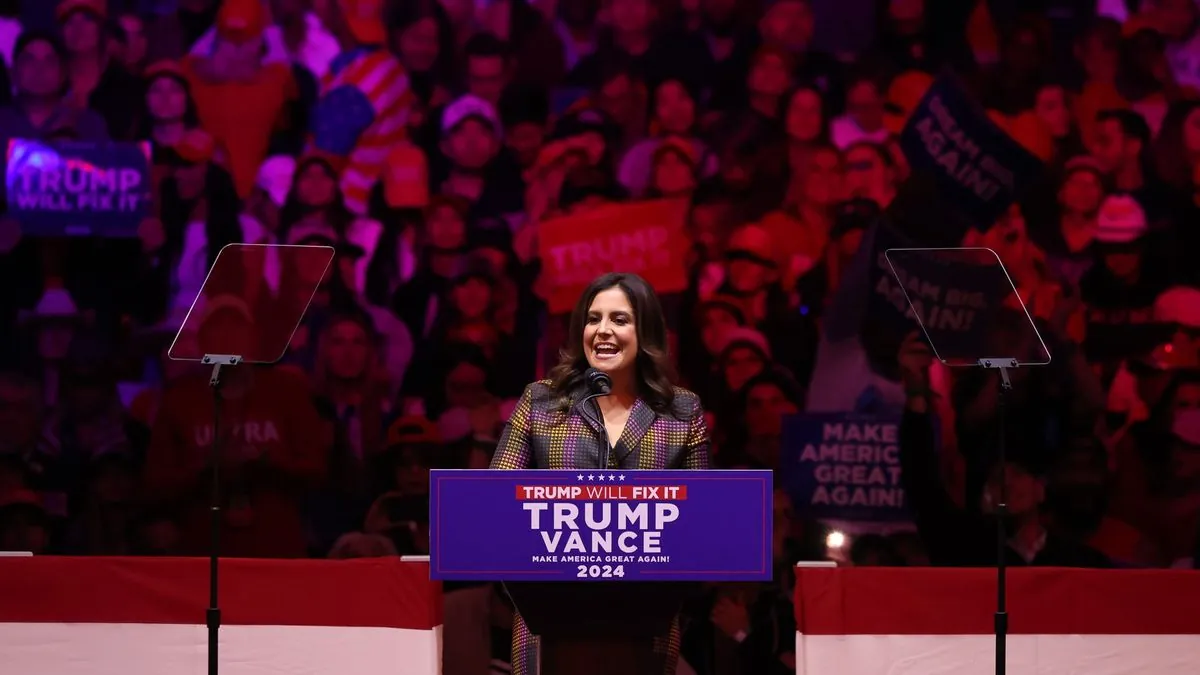Amazon Boosts Pay for U.S. Delivery Drivers Amid Union Pressure
Amazon increases wages for subcontracted delivery drivers in the U.S. by 7%, reaching nearly $22 per hour. This move comes as labor regulators scrutinize the company's business model and relationship with drivers.
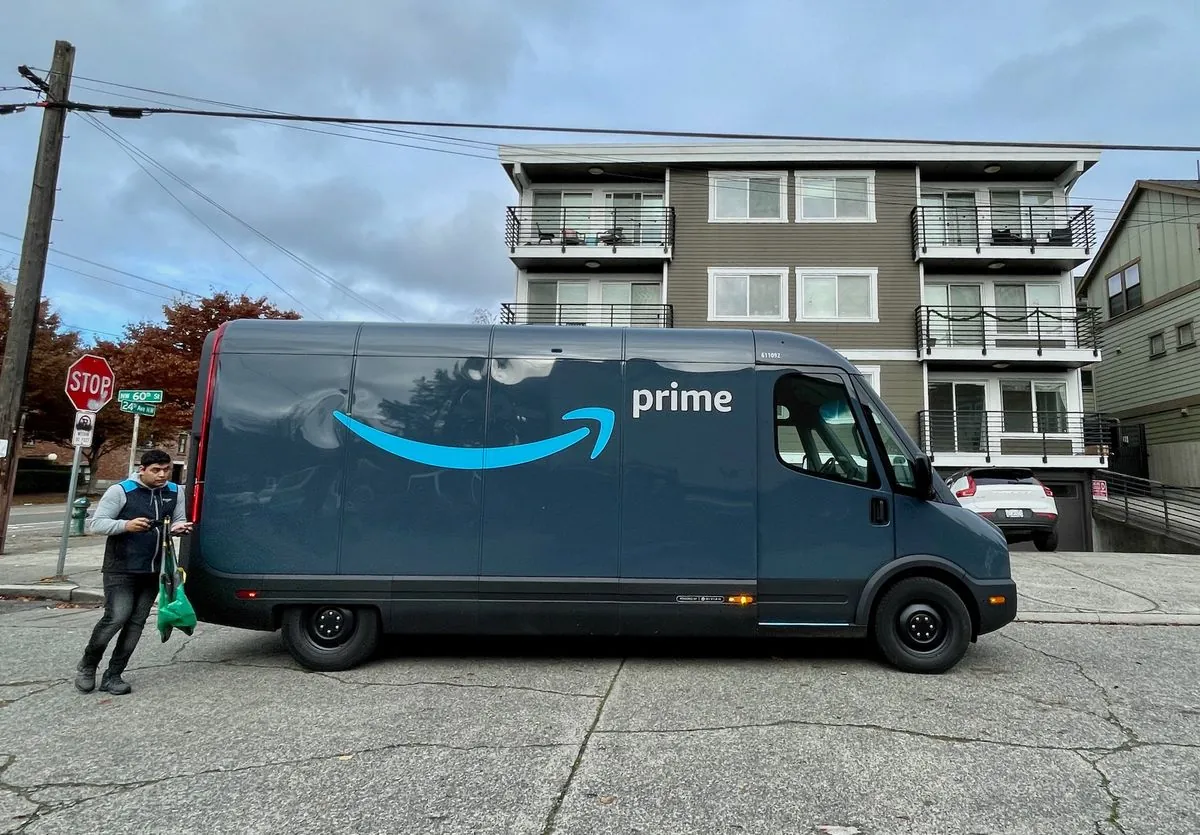
In a significant development for its delivery network, Amazon has announced a pay increase for its subcontracted delivery drivers in the United States. This decision comes as the e-commerce giant faces growing pressure from labor unions and increased scrutiny from regulatory bodies.
The Seattle-based company, founded by Jeff Bezos in 1994, has stated that drivers working with Amazon's Delivery Service Partners (DSPs) will now earn an average of nearly $22 per hour. This represents a 7% increase from the previous average of $20.50. The wage hike is part of a larger $2.1 billion investment Amazon is making in its delivery program.
It's important to note that Amazon doesn't directly employ these drivers. Instead, the company relies on a network of thousands of third-party businesses that handle the delivery of millions of customer packages daily. This business model, which has been in place since 2018, has created approximately 390,000 driving jobs over the past six years.
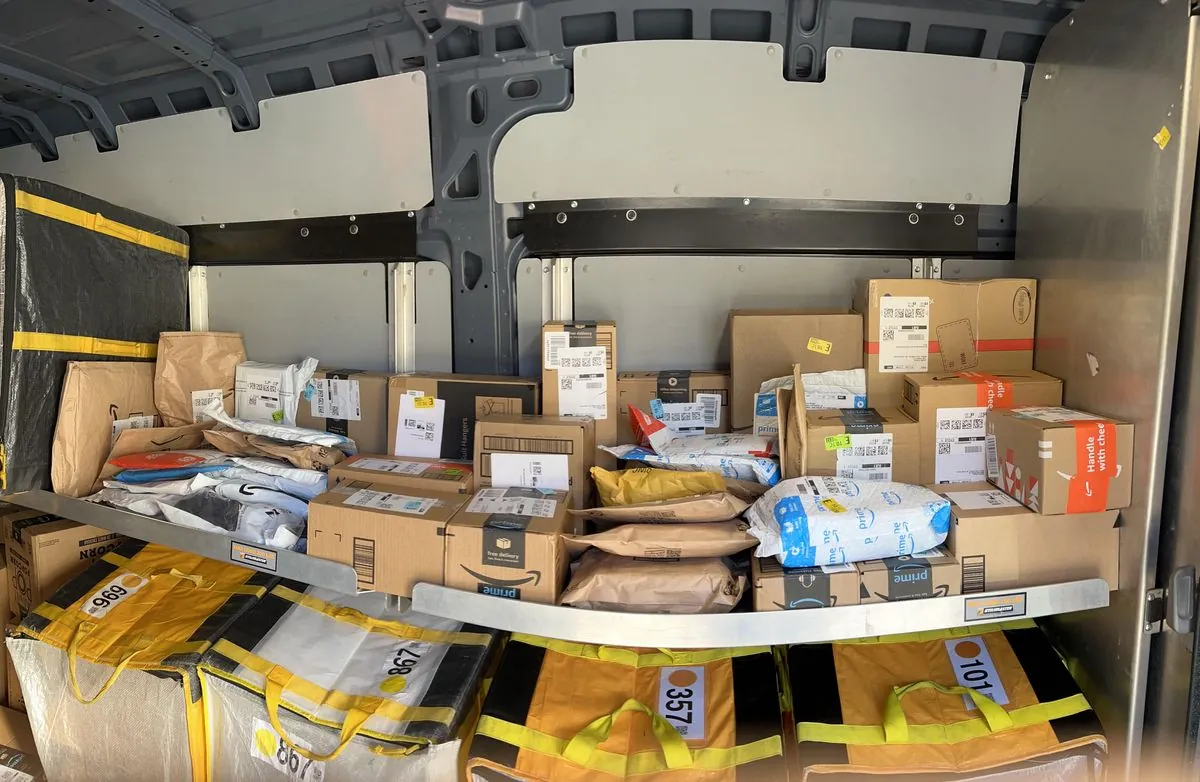
Amazon's total investment in the DSP program has reached $12 billion since its inception. The company states that these funds will support safety programs and provide incentives for participating businesses. This substantial investment aligns with Amazon's broader strategy of expanding its logistics capabilities, which has included the development of Amazon Web Services (AWS) in 2006 and the acquisition of Whole Foods Market in 2017.
However, the company's relationship with its delivery workforce has come under increasing scrutiny. Labor organizations, including the Teamsters, argue that Amazon exercises significant control over the subcontracted workforce. They contend that the company determines routes, sets delivery targets, and monitors performance, suggesting that Amazon should be classified as a joint employer under the law.
Recent developments indicate that labor regulators are increasingly siding with this perspective. Last week, a National Labor Relations Board (NLRB) prosecutor in Atlanta determined that Amazon should be held jointly liable for alleged threats and unlawful statements made to DSP drivers seeking to unionize in the city. Similarly, NLRB prosecutors in Los Angeles recently concluded that Amazon was a joint employer of subcontracted drivers in California.
These decisions could have significant implications for Amazon's business model and its relationship with its delivery workforce. If settlements are not reached in these cases, the NLRB could bring complaints against Amazon, which would be litigated within the agency's administrative law system.
"This investment in our delivery partners reflects our commitment to supporting the hardworking individuals who ensure our customers receive their packages on time. We believe in providing competitive wages and benefits while also investing in safety and efficiency."
As Amazon continues to navigate these challenges, it's worth noting that the company has been investing in other areas to improve its delivery capabilities and reduce its environmental impact. For instance, Amazon has been expanding its fleet of electric delivery vehicles, aligning with its ambitious goals for reducing its carbon footprint and achieving net-zero carbon emissions.
The ongoing scrutiny of Amazon's business practices and its relationship with its workforce reflects broader discussions about labor rights and corporate responsibility in the digital age. As one of the world's most valuable companies and a major employer in the United States, Amazon's decisions have far-reaching implications for the future of work and the retail industry.






























